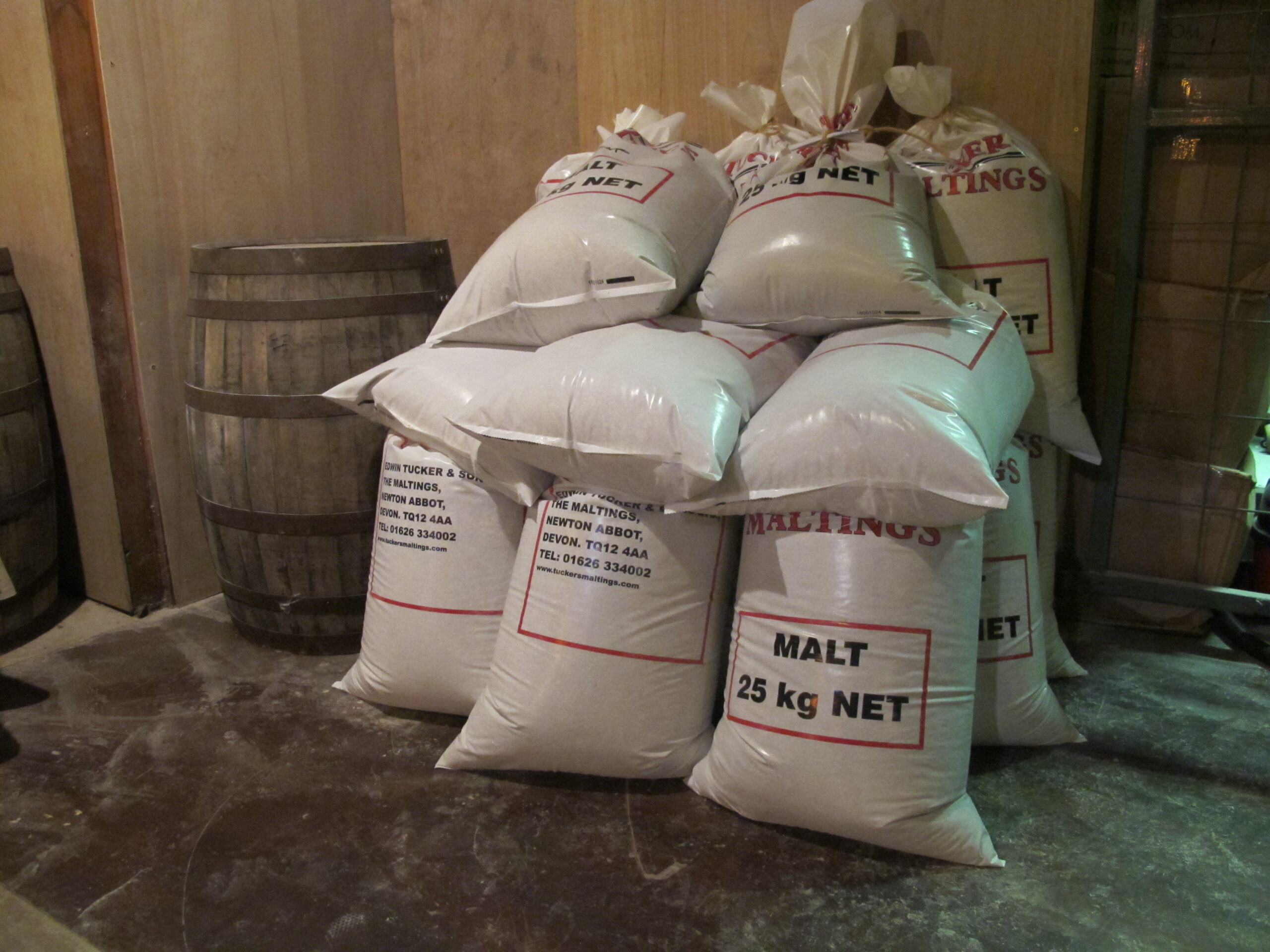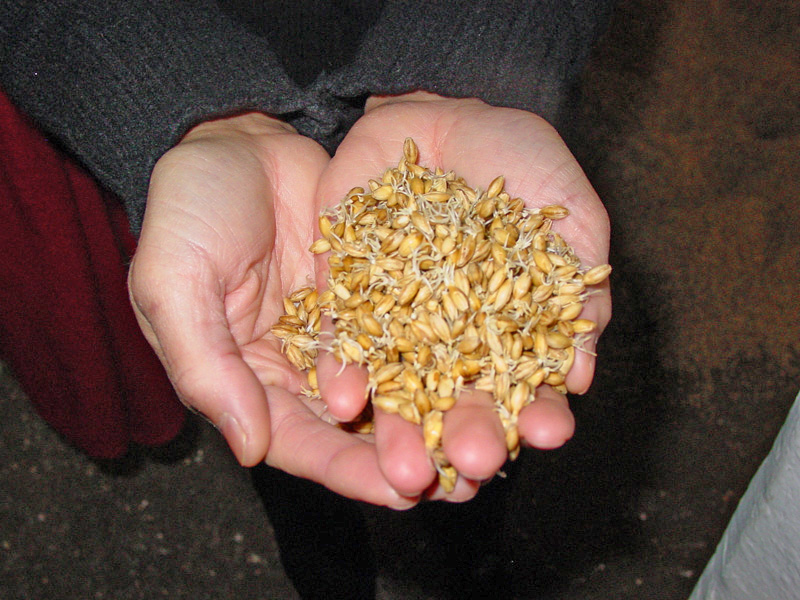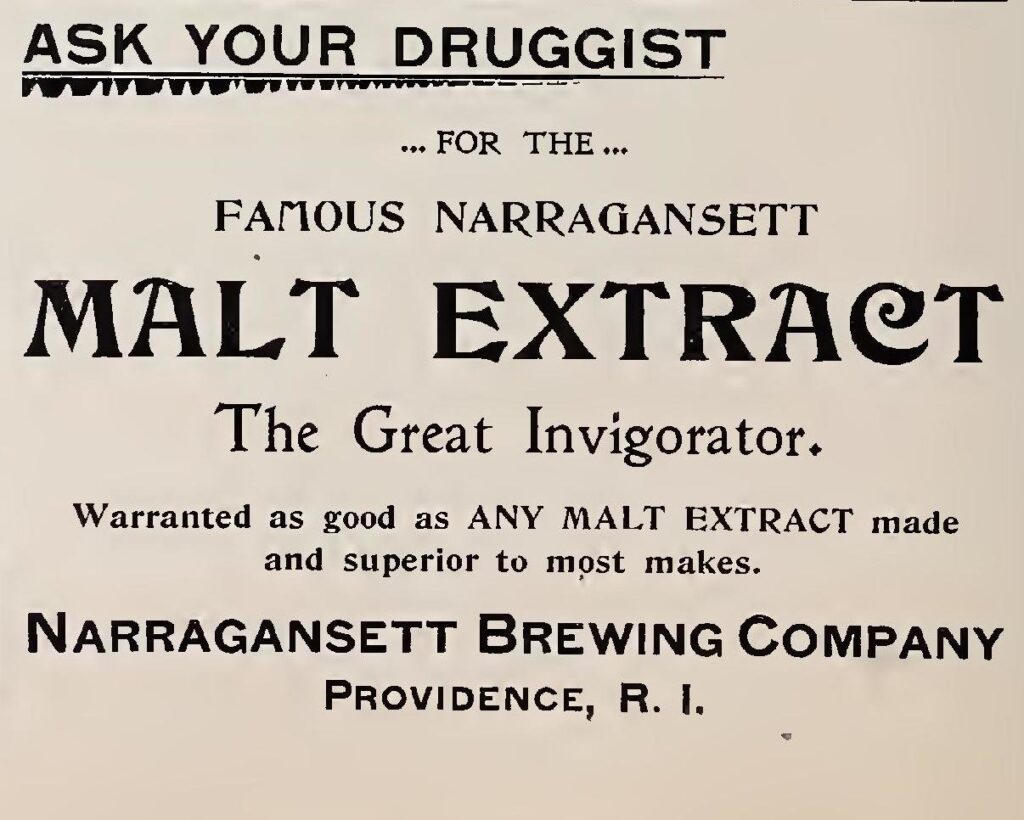Use some of those hardy herbs sitting out the winter in your garden in this ancient remedy

The grains we eat as porridge, grind into flour, and otherwise consume are all the seeds of grass plants. As such, they are little nuggets of tasty starch primed to germinate in spring rains, feeding the resulting little plants until their new leaves can supply energy via photosynthesis.
But what happens when humans deliberately soak those grains, fooling them into thinking the spring rains have come, and then wait for them to sprout before drying them out and killing them halfway to plant-hood? This rather brutal-sounding process, which in traditional Scotch whisky production happens on large indoor 'malting floors', is that known as ‘malting’, and its rather special result is malt.

The process of malting grain develops enzymes which converts the grain’s starches into various types of sugar, including maltose and maltodextrines. Meanwhile, other enzymes, such as proteases, break down the proteins in the grain into perfect yeast foods (hence malts wide application in baking).
The malt you end up with is an amazing ingredient used in everything from bagels to beer. Its flavour is like nothing else — it's 'malty’. Further roasting beyond germination-stopping heat can develop deeper flavours in the malt that are reminiscent of caramel, nuts, and chocolate. It’s this diversity of malts that brewers draw on to develop unique beer recipes.
Malt is also key to (single malt) whisky, the malted milk of childhood, and Maltesers (duh). And, of course, it's the backbone of malt vinegar, which is essentially beer (hop-less ale, to be specific*) fermented into vinegar. It's even an ingredient in many foods, from barbecue sauce to fish and chips, that you’ll often find alongside a beer!

A side note: ever wondered what ‘diastatic malt powder’ is? It’s a light malt (non-roasted) which is ground up while the enzymes are still nice and active, and it contains a high level of amylase (or ‘diastase’), an enzyme which breaks down starches into sugars. Adding it to bakes like bread dough gives the yeasts lots to eat, prolonging the fermentation and rise. Meanwhile, the malt syrup added to bagels (among other recipes) is non-diastatic, having been cooked to reduce the liquid and up the sugar content; it’s a sweetener rather than a fermentation agent.
But enough about enzymes — anyone for some malt vinegar-doused chips alongside a burger slathered in malty barbecue sauce and washed down with a malted milkshake?
— Beatrix Swanson
* Because most modern beers contain hops in addition to the key ingredients of malt and water, malt vinegar is differentiated from beer vinegar.
Use some of those hardy herbs sitting out the winter in your garden in this ancient remedy
Vinegar, hot water and a few spices come together for a perfect(ly austere) January warmer
Artisan Damson & Sloe Vinegar - now available - from the 2022 crop - sharp, sour, tangy - 100% Cornish 'Kea' plums and wild sloes.

The Old Nuclear Bunker,
Pednavounder,
Coverack,
Cornwall
TR12 6SE
01326 281135
info@artisanvinegar.co.uk